Ralph Daniel Gutierrez
Advisor: Carlos Rueda
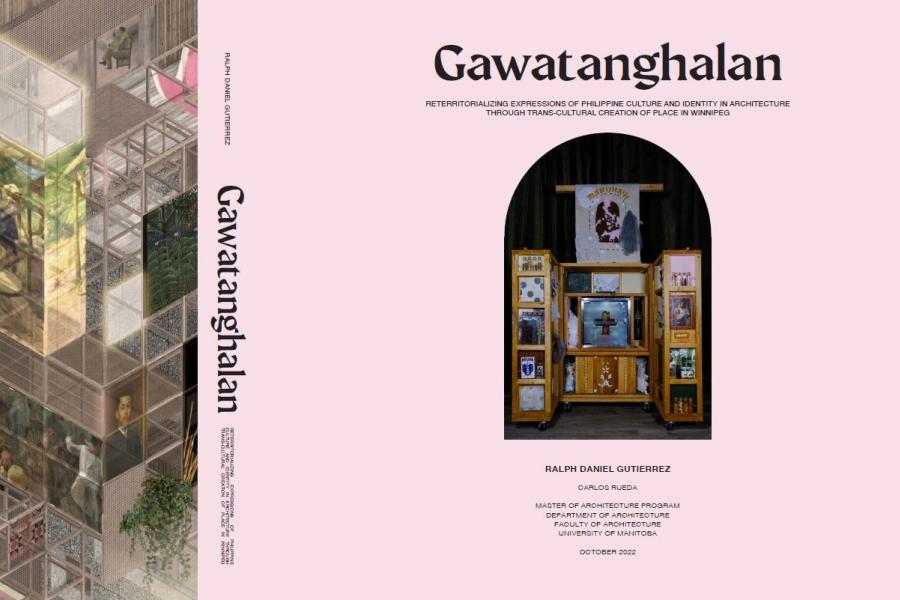
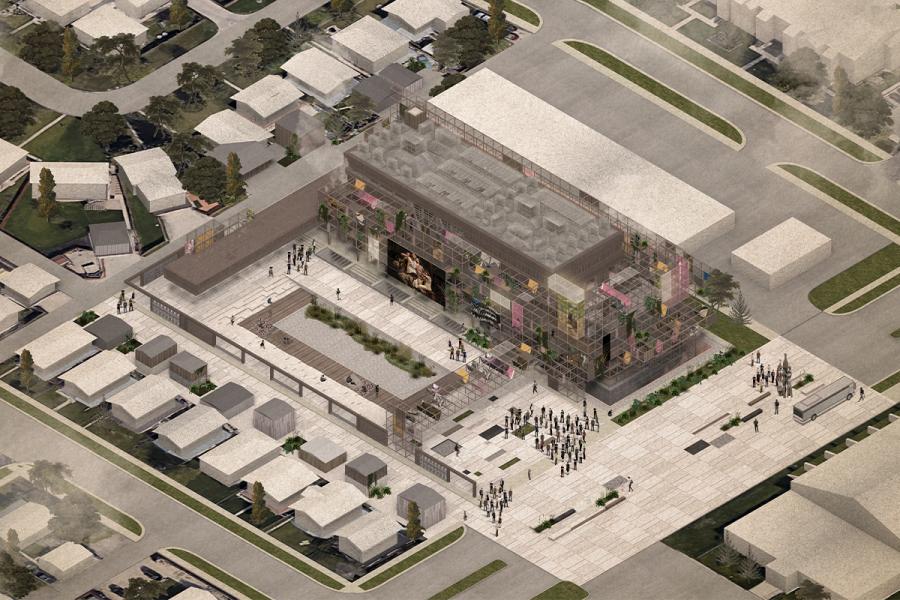
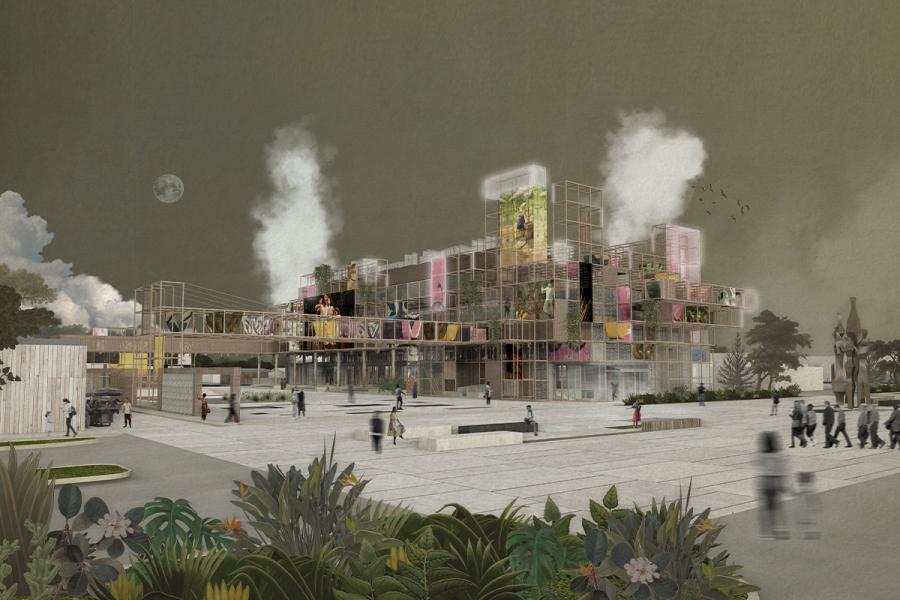
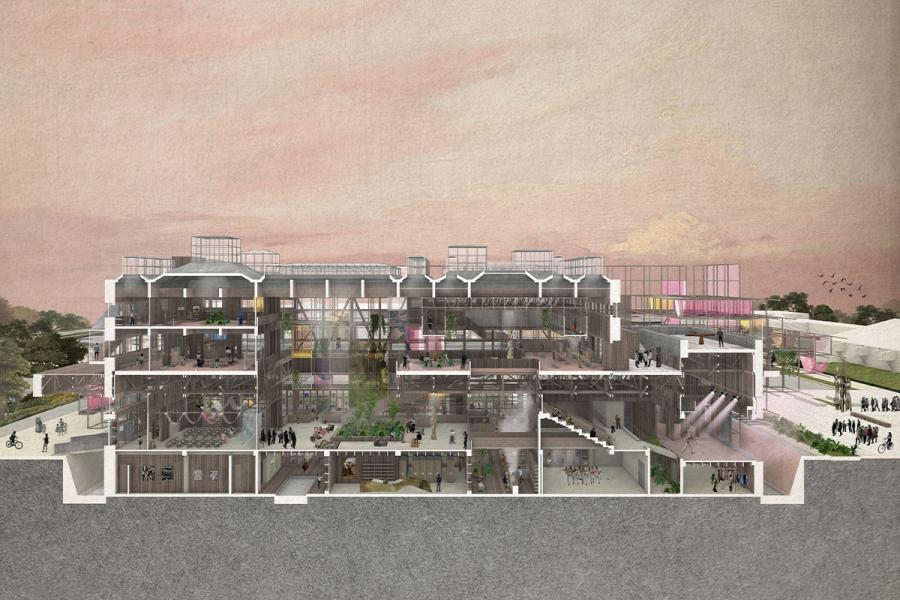
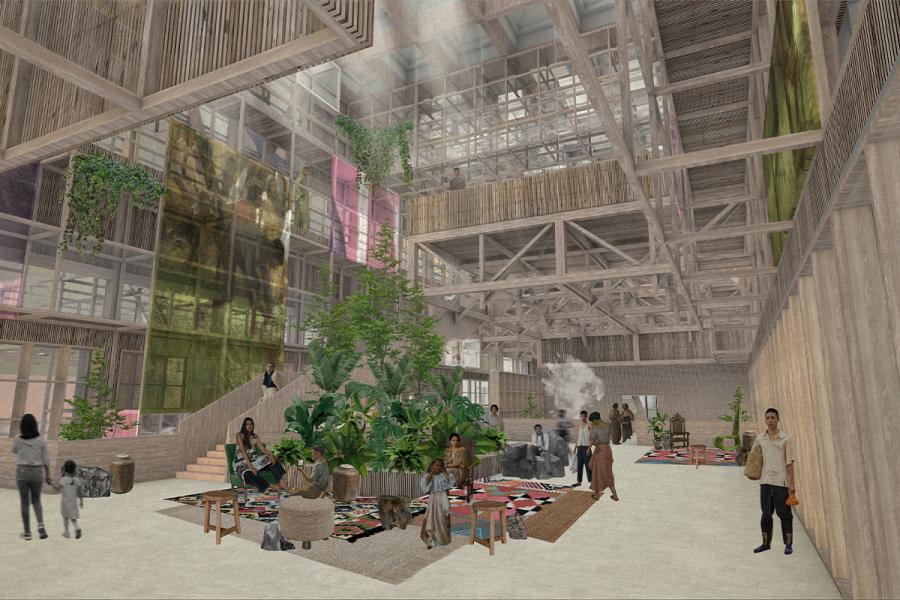
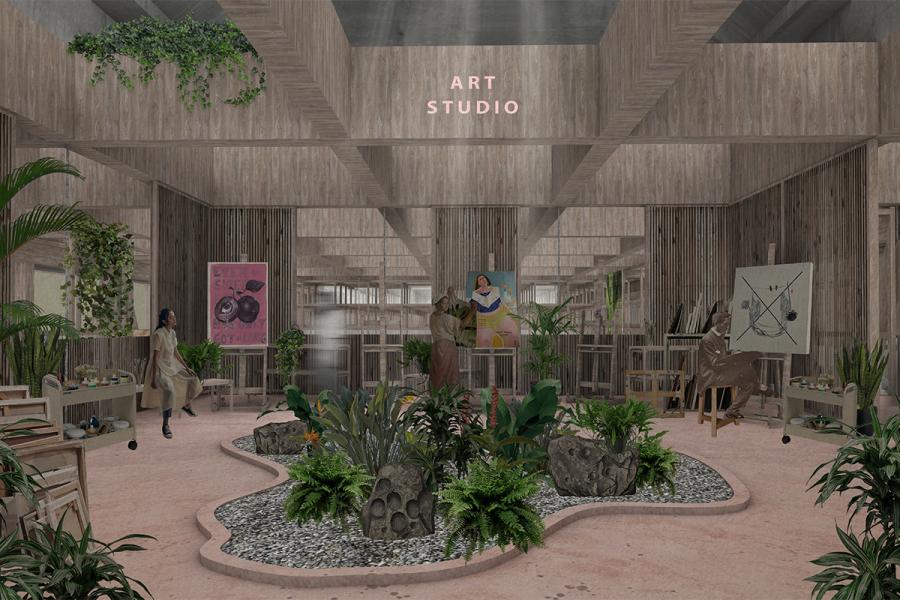
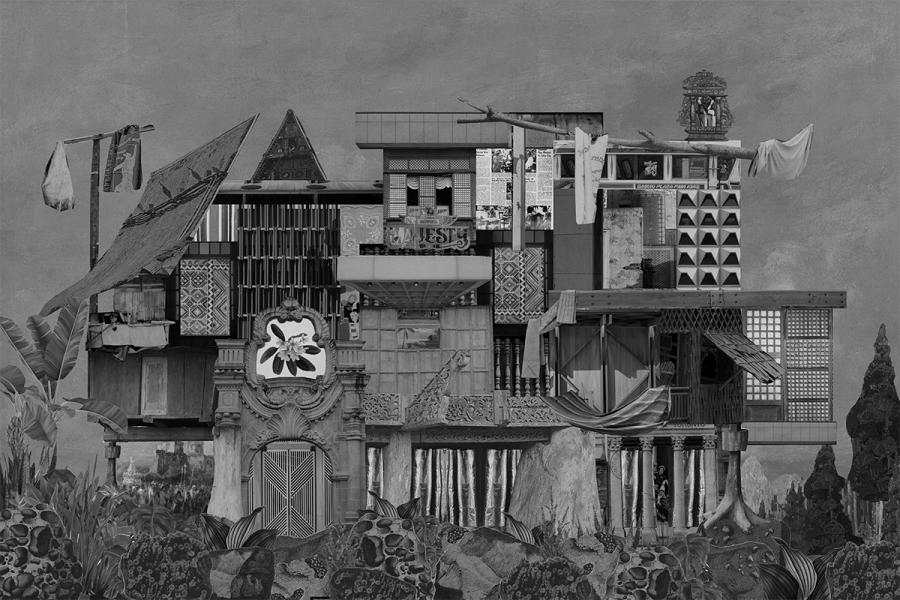
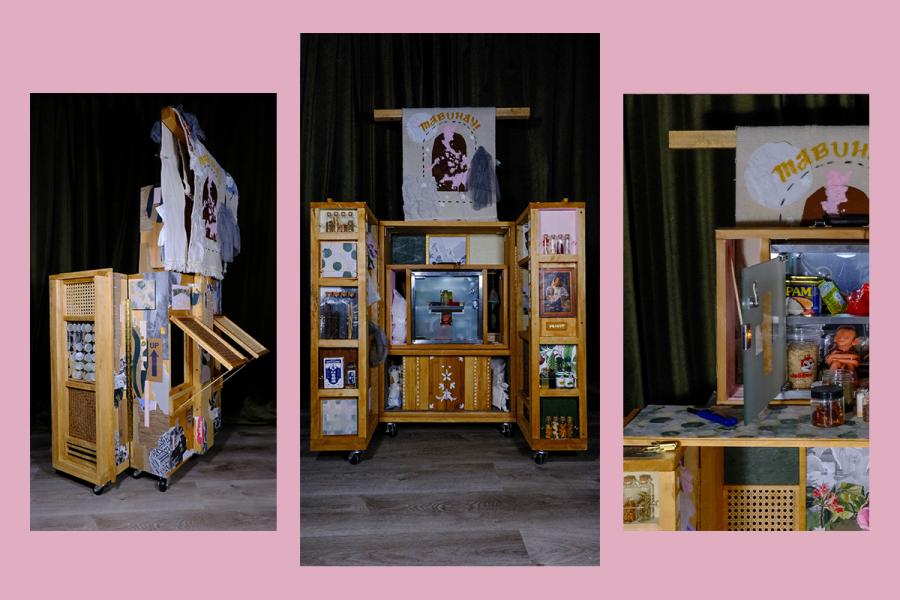
Gawatanghalan: Reterritorializing Expressions of Philippine Culture and Identity in Architecture through Trans-cultural Creation of Place in Winnipeg
Filipinos away from the Philippines participate in reterritorializing Filipino culture and identity as they attempt have an agency to capture the life they had back in their homeland while simultaneously altering and adapting to socio-cultural expectations in their new places of inhabitation. A major city in Canada, Winnipeg, embodies one of the centers of migrant Filipino culture. Filipinos in Winnipeg have found meaningful ways to show the visibility of their culture through the things Filipinos do (gawa) as manifested by the things they create and the occupation they perform. They have also shown their participation to Canadian multiculturalism through presentations (pagtatanghal) of the traditional practices, values and performances brought from the Philippines. Currently, a hunger to participate in Canadian culture exists as well through celebrating transcultural aspects of Filipino culture using contemporary art and architecture.
The project creates a model on how narratives of the culture, history, identity from the Philippines can be brought forward to new destination to continue telling the stories of Filipino migrants in Canada. It aims to explore a design for an architectural work that would celebrate, commemorate, and sustain the relevance of transformation in one’s culture and identity. A Centre of Filipino Art and Culture would be proposed to support the burgeoning of the Filipino community in the Winnipeg region, while also creating a hybrid framework for the creation of a place and identity-building for the Filipino community in Winnipeg in a multicultural city where the expression of identity and heritage is valued over acculturation. The envisioned architectural work facilitates mainly the acts of making and performing related to aspects of contemporary Filipino visual arts and performing arts in Winnipeg to regain agency to one’s cultural expression and become a medium for cultural exchange. Similarly, it challenges the manifestations of Filipino culture and identity from the past and present furthered by architecture which are embedded with exoticism, homogeneity, and stasis. It also explores the multiple attempts Filipinos have adapted non-Filipino means of expression to reclaim their authorship of their visibility to the world through art and architecture.
